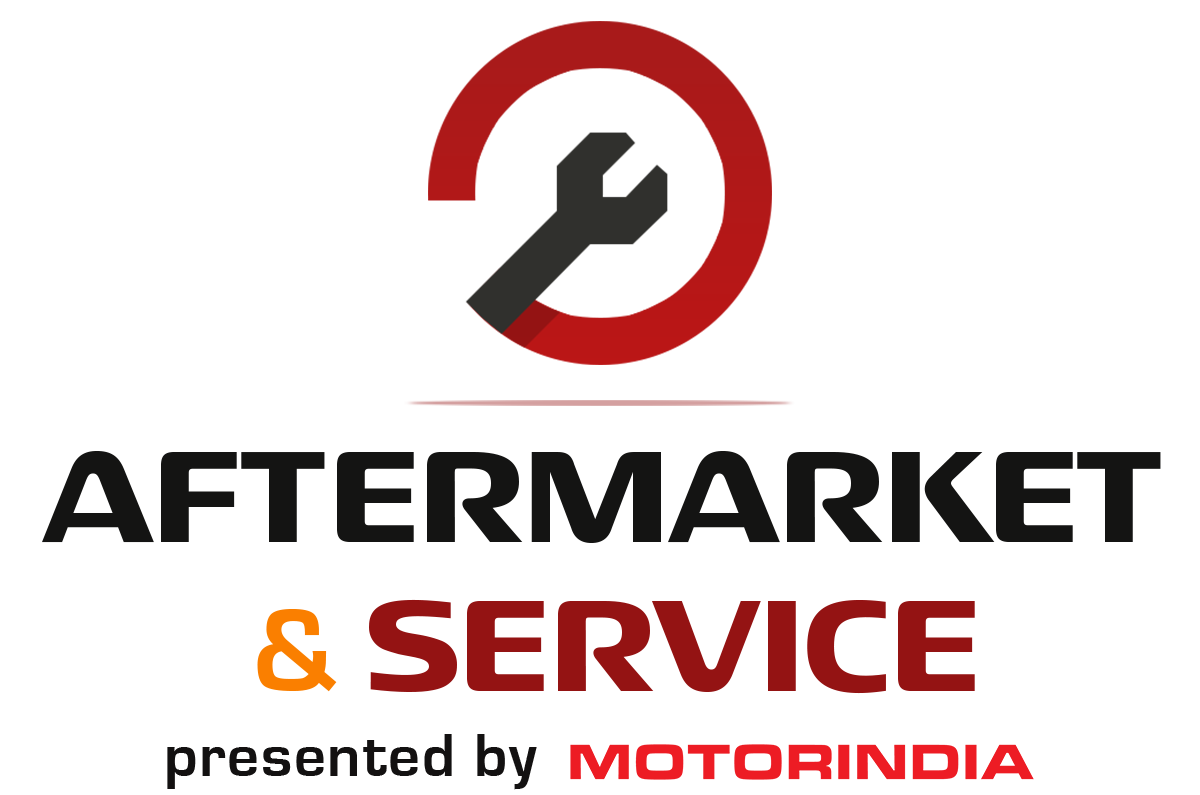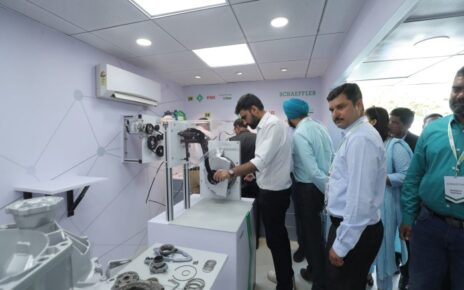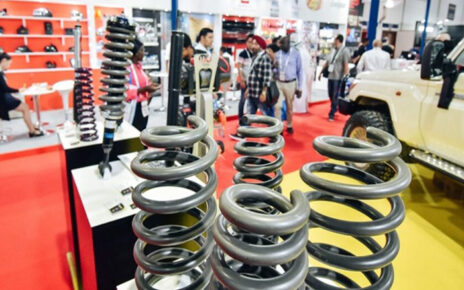
We are in for some interesting times ahead in the automotive aftermarket, gathers Sarada Vishnubhatla after speaking to S. Muralidharan, Chairman, Mobility Aftermarket. He shares his insights and observations on the subject and highlights the significant trends in the domain that are changing the market dynamics in the short- to mid-term. His upbeat vibe is infectious and reflects his high hopes for the segment as the stakeholders seem agreeable to swim with the tide and flow with the single biggest force transforming the aftermarket – digitization.
The automotive aftermarket in India is poised for a bouquet of positive changes in the short- to the mid-term. Some, like digitization, are already manifesting in the market, what with the traditional make up of distribution giving way to a dynamic one. Technology seems more of a norm today than it has ever been.
S Muralidharan, Chairman, Mobility Aftermarket welcomes the change: “Technology ensures today that we know what a customer needs precisely. In fact, the definition of the customer and the aftermarket is slowly but significantly changing. With the help of technology, the companies are able to ensure that they know which part is needed in which part of the country. Today, the distribution has gone to the level of PIN codes, and it has been made possible by technology and e-commerce sites. And it is the end customer who is driving it.”
Exciting Times Ahead
The young, first-time owner of a car actively prefers to book a repair online as opposed to going to the workshop and waiting. Hence, the trend for spot services being offered by the garage mechanics is on the rise in the cities.
Muralidharan feels: “Now there is a boom for the independent aftermarket as opposed to the way the OEMs were holding their own, having extended warranty. And, warranty is always a cost. Earlier there was OES, OE and the independent aftermarket with a market share of about 53-55%. The remaining 45% was filled up by the suppliers to the OEMs. Then there is also a significant number of private labels for making OE-like parts. The private labels have tech-savvy youngsters building their e-commerce sites and diagnostic support. They also give diagnostic support to the garages, and they get parts from anywhere and give them to the garages.”
With the distribution shifting towards private labels, there is no more room for the grey market sellers. And, the product portfolio is also undergoing a change.
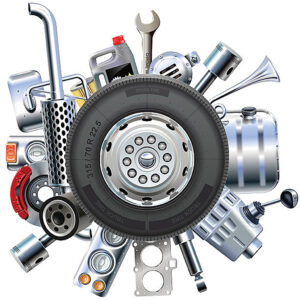
Muralidharan shares: “The product portfolio now has three categories – technical parts since cars today have much greater number of electronics than ever before; fast-moving consumables such as filters, wipers and others; and lastly, spare parts like the brake pads, starters, alternators, relays and such. These are sold as private labels. The manufacturers of the spare parts actually lose out on their market share to the private labels and unfortunately, they do not really understand the extent of their reach in the market. The reason is that they themselves buy the parts from the tier-2 suppliers. These suppliers sell to the companies which are then sold as private labels that are marketed on the e-commerce sites. So, these are actually the new sub-brands in the market that are of the same quality but with way lower overheads. That makes them price competitive and the e-commerce site is a young company who is able to reach the retailer or the garage much faster, and have a good share of about 50% of the independent aftermarket.”
Their advantage is that they have a strong geography.
Muralidharan continues: “These private labels are gaining greater market share, as opposed to pure OEs, and the spurious sellers – who do not have an OE approval. They have a simple web page and have a highly cost-effective distribution. This combination of product portfolio and distribution is the single biggest aspect bringing the change in the aftermarket significantly.”
The pent-up demand created by the COVID also has contributed to 18-20% growth, which was expected and it will continue, since partial demand is still waiting to be met. Though Muralidharan agrees with the upward trend, he cautions against it too.
He shares: “The single biggest challenge the aftermarket is facing today is the supply chain. With three generations of cars plying on the roads in India, there are thousands of parts that are available in the aftermarket, especially due to the fact that people even now opt for reparation as their first option, and the total cost of ownership is a major factor.”
Challenges – Boosting Aftermarket Growth
With the emergence of private labels, higher use of technology commanding the demand, the changing demographics of the end user and the servicing market spreading to small and medium towns, the aftermarket is booming.
As per Muralidharan, another related major aspect to ponder upon is the training of the mechanics – a highly underestimated topic in this industry. The lack of training in mechanics is even more obvious now with the adoption of technology such as BS IV and BS VI norms. Owing to multiple factors, the training of the mechanics is put on the back burner. Earlier, with frequent dealer and mechanic meets and networking, there was exchange of information and learning was involved. The physical meet and greet is now being fast replaced by digital learning using training videos but it is being met with mixed response and acceptance. Though ASDC is addressing this issue to some extent, the challenge remains.
Addressing the challenges, Muralidharan says: “I would encourage startups to grow by leaps and bounds in this space by using technology. The industry must actively encourage the start-ups, small companies, e-commerce sites, and get more into the spare parts business, including diagnostics to bring forth a significant solution for these challenges.”
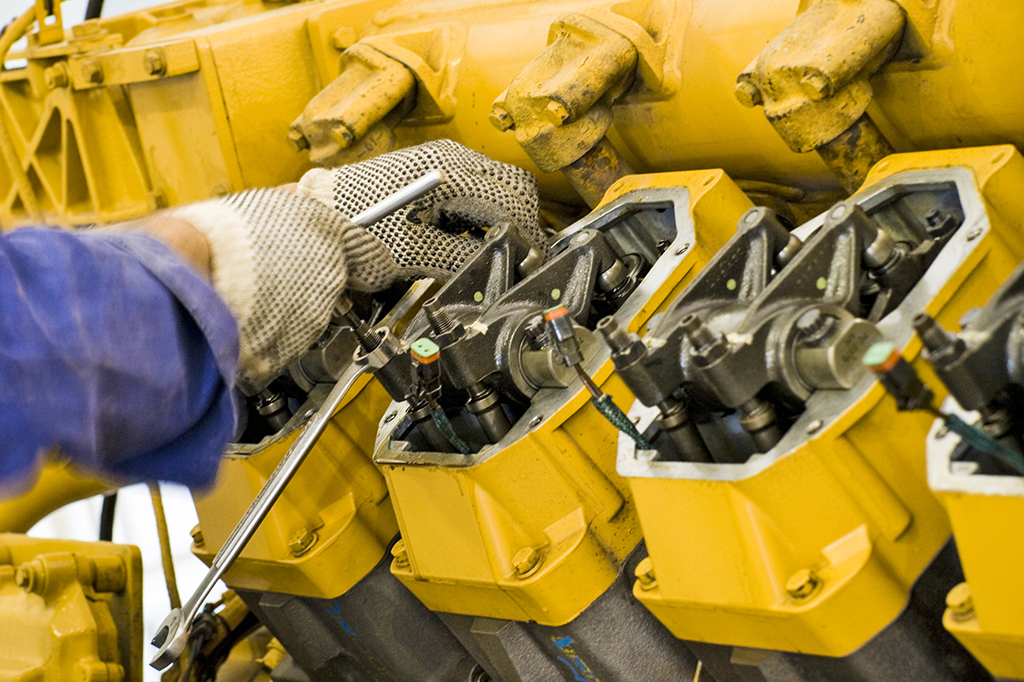
Digitization – Disruption or A Welcome Change?
Muralidharan prefers to call digitization a welcome change. According to him, it is an agent of change bringing better times. Technology today is questioning the status quo – such as the need for sales offices to reach out to the customers, the many layers of distribution and other traditional ways of conducting business in the aftermarket. Today, technology has enabled the entire product catalog onto laptops. He sees digitization as one of the biggest tools for the aftermarket, which may be seen as a disruption.
He offers insights: “I just think this is moving it forward with product catalogs, simple service instructions at the fingertips. It fortifies the ability to plan ahead, know what the salesman is doing so that his productivity goes up while saving costs. Digitization eliminates the need for shop spaces. One can book car servicing appointments online and drop the vehicle at the garage at the prescribed time. One can also shop for a car online. Today, the entire gamut of things – be it the showroom, sales office, sales itself, product catalogs, or repair instructions – can be handled digitally.”
Digitization will safeguard profitability, he points out. His advice is to make the most of the business with it. That is the boom that the aftermarket needs in a big way, and those in the small towns are the biggest beneficiaries. He goes on to say that digitization democratizes the entire value chain.
Change Management – Name of the Game
The real change is going to be when people start working with drones, and a few e-commerce sites have already begun using them. It helps that the Indian government has already formulated a policy on drones. Today, full-fledged companies in the automotive domain are experimenting with digitization.
With increased adoption of EVs, India is looking at having new benchmarks set in multiple ways. Most of the EV companies are being set up by new players and they are aggressively adopting technology in terms of service, speed, pricing of parts, setting up of service stations, and charging stations and infrastructure.
While some parts will be retained in the EVs, the change will be the battery management system and its maintenance and disposal.
Muralidharan says: “The EVs will bring a change in the way certain aspects of the aftermarket are conducted. And India cannot always be heavily dependent on international fuel prices. Hence, we need alternative fuels like hydrogen and CNG. EVs will cause welcome changes, and not the loss of business which is being talked about now. We are talking about change management here which will change the way the mechanic on the roadside conducts his business.”
With digitization touching the independent aftermarket – the literal last frontier of the automotive segment, exciting times are in the offing for sure!
